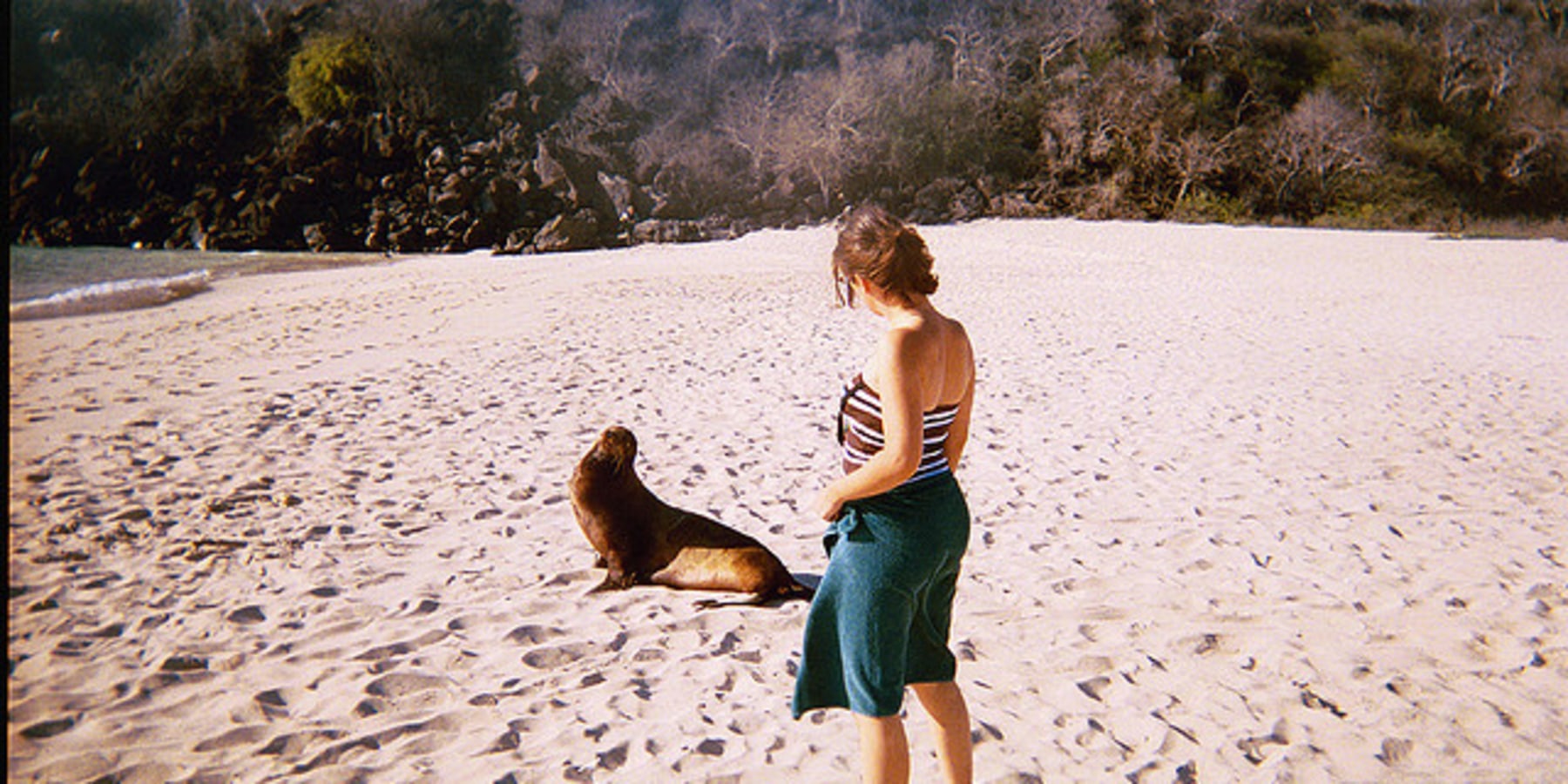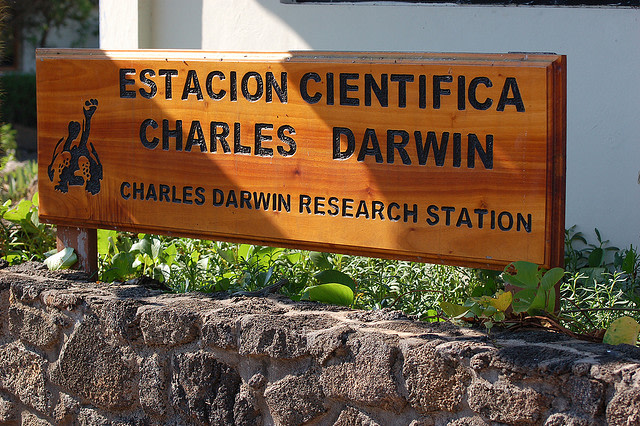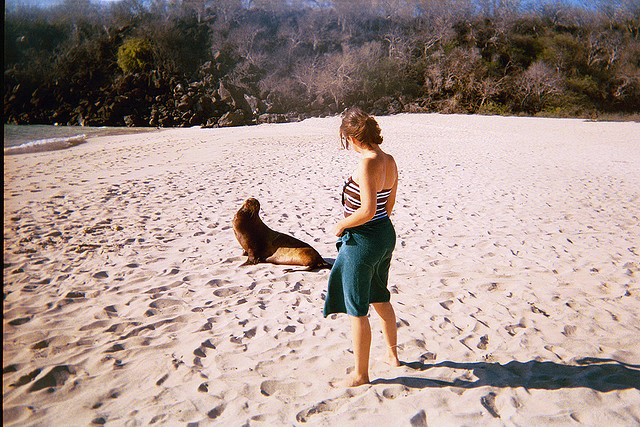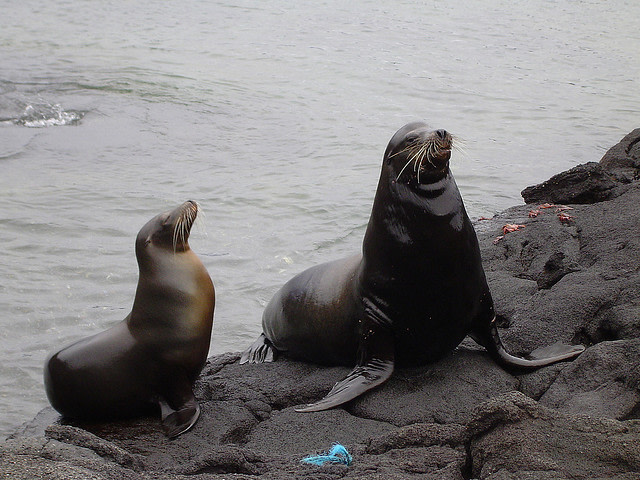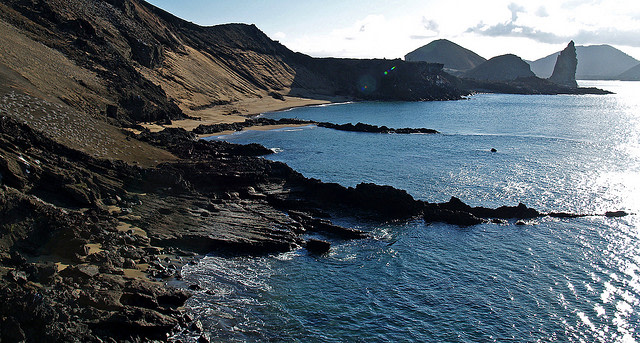| 4 mins read
The Galapagos Islands are amongst the world’s most stunning archipelagos. Located off the coast of Ecuador, this chain of 18 volcanic islands (plus scores of smaller islands, rocks and islets) sits directly on the equator and amidst the meeting point of three separate ocean currents, creating the perfect habitat for its large variety of endemic species. Brought into fame by the research of naturalist Charles Darwin, visitors explore these islands today for its land and marine wildlife, stunning beaches, tropical landscapes and paradise-like atmosphere.
The Galapagos Basics
Almost all travelers arrive to the Galapagos Islands by plane. Upon landing, each visitor is required to pay a park entrance fee of $100 USD (cash only), which is valid for the entire stay. From here there are two main options for touring and accommodation: either staying on land and exploring/island hopping during day trips- or staying on a cruise boat/charted ship and exploring the islands during daily land tours. Water-based tours are usually the most recommended, but may not suit those who tend to battle seasickness. Planning on visiting? Here’s a list of our favorite things to do in the Galapagos Islands.
Isabela Island
The largest island of the chain, Isabela spans a length of over 60 miles and was merged into creation (by surrounding volcanoes) around 1 million years ago. It is one of the most volcanically active sites in the world and is home to an incomparable number of animals, birds and marine life. What to do on Isabela? Spot the world-famous giant tortoises in Isabela’s Breeding Center, relax on the stunning white-sand beaches, hike volcanoes, explore the national parks or head underwater to snorkel/dive with sea lions, manta rays, sharks, turtles, coral and more.
Santa Cruz Island
The second largest of the island chain, Santa Cruz Island is home to some of the archipelago’s most famous sites. From the amazing beaches, surfing and diving at Tortuga Bay (home to thousands of marine iguanas- found only in the Galapagos Islands!) to the world-famous Charles Darwin Research Station (dedicated to the preservation of the Galapagos Tortoises), visitors have plenty of touring options at their fingertips here. Also home to some unique lava-cut tunnels surrounding the islands, Santa Cruz is definitely a must visit for all Galapagos tours.
Tracing Darwin’s Footsteps on San Cristobal Island
One of the oldest (geographically) of the chain, San Cristobal is the easternmost island in the Galapagos, and is where Charles Darwin first landed ashore during his explorations. Home to a beautiful array of frigate birds, sea lions, Galapagos tortoises, marine iguanas and the informative Galapagos Interpretation Center (a great place to learn all about the archipelago’s background), a tour through San Cristobal is a real walk through the Galapagos Islands’ history.
Bird Watching on Genovesa Island

Getting out to Fernandina Island
The westernmost and third largest of the islands, Fernandina is supposedly one of the best islands of the chain for wildlife spotting (though recent volcanic eruptions have curbed the wildlife spotting a fair amount). Home to the highest concentration of marine iguanas and some beautiful flightless cormorants, a day visit to Fernandina is one of the chain’s most unique.
While every island in the chain has its own draws and special attractions, these few stand out above the rest. A few other “must-see” islands recommended by many a Galapagos tour guide are Espanola (for its great variety of wildlife), Bartolome (for its volcanic landscapes and iconic Pinnacle Rock) Floreana (for its historic Post Office Bay) and Santiago (for its tide pools and underwater caverns). No matter what islands you choose to visit though, you’re guaranteed to have a memorable visit, experiencing the natural wonders of one of the world’s most unique and unspoiled destinations.
Image Details and Licenses: https://flic.kr/p/82DCzT (CameliaTWU, CC BY-NC-ND 2.0); https://flic.kr/p/84fW67 (Bill Bumgarner, CC BY-NC-ND 2.0); https://flic.kr/p/6BBUrz (Ethan Ableman, CC BY 2.0); https://flic.kr/p/6k9ueQ (Vanessa Smetkowski, CC BY-NC-ND 2.0); https://flic.kr/p/assMBQ (claumoho, CC BY 2.0); https://flic.kr/p/6k6dae (Vanessa Smetkowski, CC BY-NC-ND 2.0); https://flic.kr/p/4srYYh (Phil, CC BY-NC-ND 2.0)

